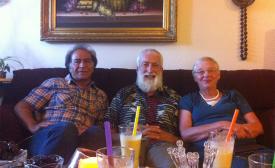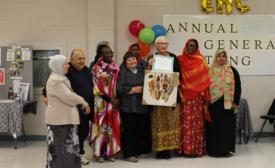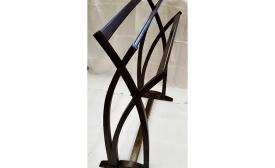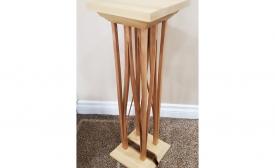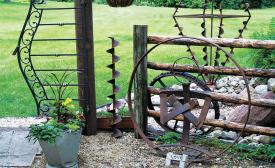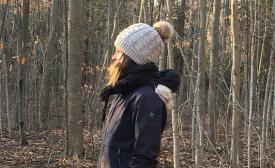Working on different ends of the agriculture spectrum
For many students, the outdoor education class at RJC High School was fun, memorable and character building. But for most, the skills aren’t ones they now use in their everyday life. For Emily Hand, a 2002 graduate, however, that is exactly what happened.


















